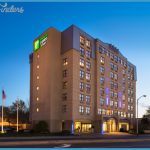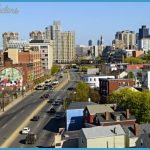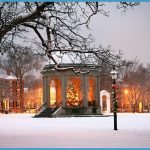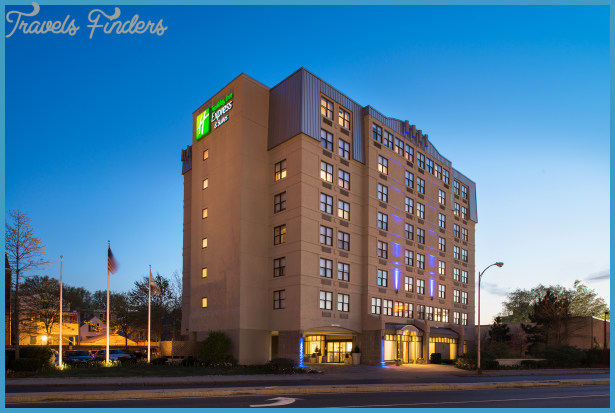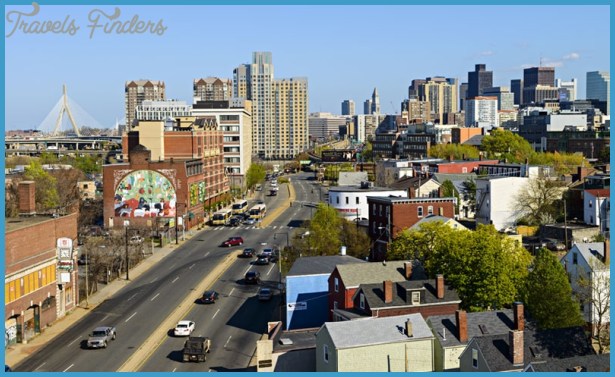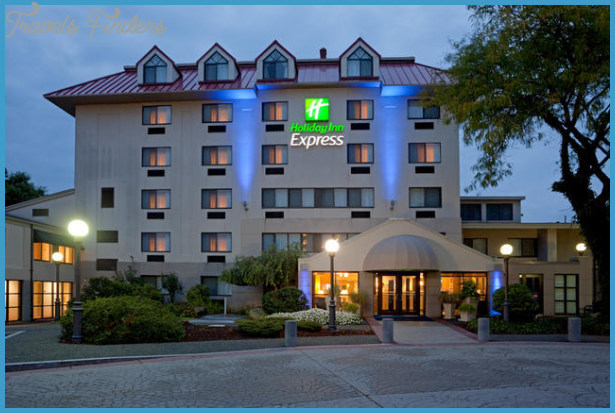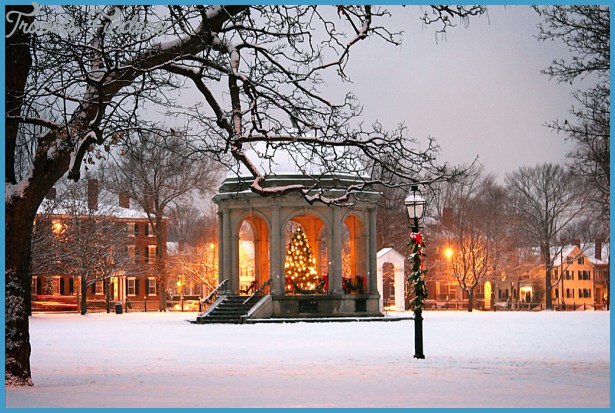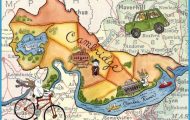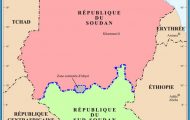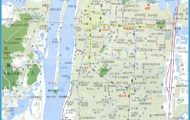Massachusetts Dominicans and the Second wave of Latinos
As Puerto Rican migrants established themselves in Massachusetts through recruiting and kin connections, a second group of Latinos began migrating to the commonwealth in noticeable numbers. Beginning in the 1960s, Latinos from the Dominican Republic began arriving and settling within the communities previously established by Puerto Ricans. Dominicans utilized the same social networks as Puerto Ricans to migrate north and locate both housing and employment. Many Dominicans traveled through Puerto Rico en route to Massachusetts, and this more elaborate migratory path required greater financial resources. As such, Dominicans migrating to Massachusetts tended to come from wealthier families, compared with Puerto Ricans.
In addition to arriving through a more complex route, Dominicans faced greater adversity than Puerto Ricans as they attempted to become either U.S. citizens or permanent residents. Unlike their Caribbean neighbors, Dominicans attempting to escape from the tense political situation caused by the death of Rafael Trujillo in 1961, and the U.S. invasion that followed, were not naturalized by the Jones-Shafroth Act of 1917. They found it much harder to locate decent work, education, and health benefits because of their nationality.
Although tensions existed between the two groups, their relative isolation within a much larger non-Latino population forced Puerto Ricans and Dominicans to form a more encompassing community in which they bolstered each another. In the case of Cambridge both of these groups moved to the northern section of Cambridgeport. This region of the city contained a higher concentration of low-income, multifamily housing. As time passed, however, the Latin American community in Cambridge faced ever-growing problems. The unskilled-labor jobs that had supported Latinos began to give way to more skilled, technological jobs. Between 1950 and 1980, manufacturing jobs dropped from 30 percent of the total job market to less than 14 percent, and the manufacturing industries in the area began to disappear, replaced with technological research companies that required a higher degree of skill than pervious jobs. Exemplifying
this trend, MIT converted several local manufacturing buildings into a nuclear-engineering center. The transition from manufacturing to technology caused demand for property in the area to increase, which subsequently raised the average housing costs.
The establishment of rent control between 1968 and 1970, followed by resurgence between 1972 and 1994, succeeded because of the combined efforts of the Latino community and the well-established progressive forces in the city. Thus, although housing continued to be available, traditional employment opportunities declined, and service-sector jobs emerged as the dominant job category in the area.

